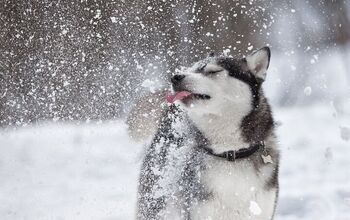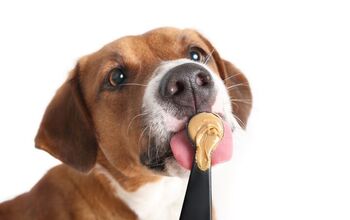Clydesdale Horse


About Clydesdale Horse
It is believed that the Clydesdale horse breed started off in the middle of the 1700s in the Clyde Valley of Lanarkshire, Scotland when local mares were bred with Flemish stallions.
These horses were bred by John Paterson, a breeder, and the 6th Duke of Hamilton, who wanted to create a breed of horses that would have well-proportioned, large hooves and strong, steady legs. These features would allow the horses to easily navigate along the cobblestone roads in the area. To create this breed, they started by transporting six Flemish and Fresian stallions that would mate with the local mares.
This breeding program created horses that were strong and powerful, and non-locals began referring to these animals as the Clydesman’s Horses.
The Clydesdale Horse is one of the most beloved horse breeds, thanks to its unique appearance and wonderful personality.
Once the coal industry began to establish itself in the area, farmers realized that they could also use these horses for hauling loads of materials for coal mining and road improvement. As a result, these animals were also bred so that they would be able to effectively pull carts for local coal mines.
It was not until 1826 that the Clydesman’s Horse became formally known as the Clydesdale. And by the middle of 1877, the breed was so popular that the Clydesdale Horse Society was founded. A couple of years later, the Clydesdale Breeders of the United States was also established.
Even though this horse breed remained popular, it almost went extinct when machines started replacing draft horses during the Industrial Revolution. But, thanks to marketing campaigns from beer brands like Budweiser, interest in the breed stayed strong.
Today, the Clydesdale remains one of the most beloved horse breeds, thanks to its unique appearance and wonderful personality.
Clydesdale horses are adored for more than their unique appearance and strength, as they are also graceful, gentle-hearted, tender, and smart. They are wonderful horses to work with, and even novice owners and riders can feel comfortable around them.
A Clydesdale horse has a good temperament, so there is no need to fear its large stature. Often referred to as gentle giants, these horses have a kind disposition, along with a willing attitude that makes them trainable and easy to work with. And because these horses are so smart, they will learn rather quickly, making training them easier than you may first imagine because of their size.
Clydesdale horses are adored for more than their unique appearance and strength, as they are also graceful, gentle-hearted, tender, and smart.
The Clydesdale breed is attractive, strong, and muscular. These horses have quite a few unique characteristics that make them easy to identify. For example, they have strong feet and legs, along with rounded hooves, powerful joints, and long pasterns.
Even though these horses are large and heavy, especially when compared to other horse breeds, they are also high stepping, flashy horses who always hold their heads up high. They are powerful yet elegant to watch, and their legs feature attractive heavy feathering with silky, long, white hairs. To distinguish Clydesdales from other breeds, you can look for their famous stockinged feet, as well as the blaze patterned white mark on their face.
Clydesdale horses also have an arched and long neck, a short back, prominent withers, well-sprung ribs, sloped shoulders, and large ears. It isn’t hard to notice the wide forehead, as well as the intelligent eyes that are widely spaced on the head, and these animals also feature a wide muzzle and flared nostrils.
The Clydesdale breed is attractive, strong, and muscular.
A Clydesdale Horse can feature a dominant color of gray, black, roan, brown, or bay. However, the face of a Clydesdale will also have an unmistakable white blaze, and the hair on the legs can be darker than the rest of the hair on the body. The legs also have white markings and white feathers. The white hair on the legs could extend all the way up the leg to merge with the underbelly hair, which can also white.
In addition to the usual grooming required of all horse breeds, a Clydesdale will require some extra grooming, thanks to the horse’s wispy mane. Having a regular grooming routine with your horse will allow you to bond with your animal, and it will ensure the horse’s coat will remain healthy and attractive.
Some of the tools that you can use to groom a Clydesdale include a curry comb, shedding blade, dandy brush, body finishing brush, hoof pick, mane comb, and tail brush. You should also inspect a Clydesdale’s hooves daily to make sure that there aren’t any signs of injury or infection.
Photo credit: johnsfon/Bigstock; jriley/Bigstock; MargoJH/Bigstock

Lisa Selvaggio is a freelance writer and editor, and our resident cats-pert, with certifications in pet nutrition and pet first aid. She enjoys producing content that helps people understand animals better so they can give their pets a safe and happy home.
More by Lisa Selvaggio

























